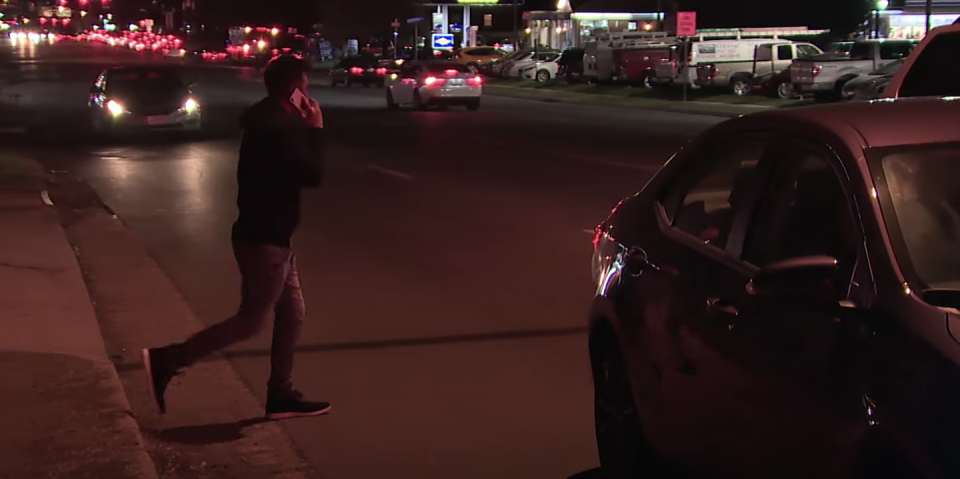Automatic Braking Systems Are Less Effective at Night

The Insurance Institute for Highway Safety has introduced a new nighttime test for automatic emergency braking systems.
After testing 23 midsize cars, midsize SUVs, and small pickups, data showed significant nighttime discrepancies in the efficacy of the otherwise competent systems.
Only four of the models, including the Nissan Pathfinder and Ford Mustang Mach-E, received the highest rating of superior while another four vehicles, including the Toyota Tacoma and Nissan Altima, received no credit at all.
Automatic emergency braking systems have become a prolific safety feature on modern cars and for good reason. Around 7300 pedestrians were killed in the US last year, which accounted for almost a fifth of all traffic deaths in 2021.
Aimed at automating driver responses to pedestrians, these emergency braking systems generally function as intended, with 19 of the 23 vehicles in the Insurance Institute for Highway Safety study earning superior or advanced ratings in daylight. However, three-quarters of the fatal pedestrian incidents in 2021 occurred at night, and the new nighttime test of automatic braking systems showed weaknesses in the technology.
The history of pedestrian recognition and brake testing for new vehicles dates back to 2019, with the technology and an appropriate response being necessary for IIHS Top Safety Pick and Top Safety Pick+ ratings from 2020 and on. The nighttime test is very similar to the original daylight test, with two common pedestrian crash scenarios.
The specifics of the tests involve an adult crossing the road with the vehicle traveling at 12 mph and then 25 mph, as well as an adult walking along the road at the edge of the travel lane as the vehicle drives by at 25 mph and then 37 mph. The test is also conducted with both low beams and high beams, with scores being awarded based on the average speed reduction in five repeated tests.

Testing a range of 23 midsize cars, midsize SUVs, and small pickups led to curious results, with only a few models performing well. Notably, Nissan's new Pathfinder was the only vehicle to avoid collision in every test variable, earning the midsize SUV a superior rating by the IIHS.

 Yahoo Autos
Yahoo Autos 